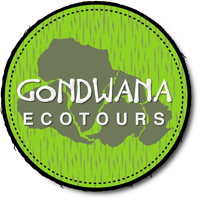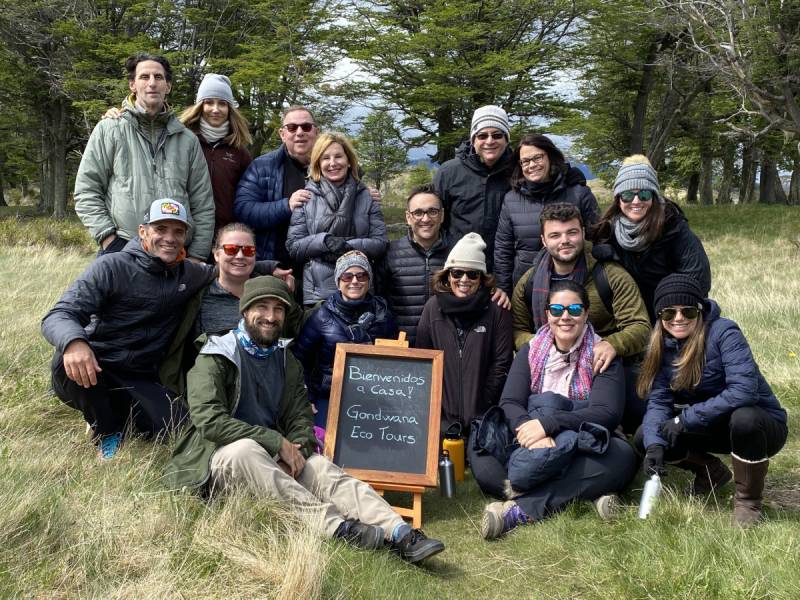Tanzania Travel Tips and Safari Advice
Download Travel Details >PRIVATE & SMALL GROUP TOURS TO THE WORLD'S BEST DESTINATIONS
Join Us For A Safari In Tanzania

Tanzania Travel Planning for An Epic Adventure
When you say the word Tanzania, what comes to mind? Is it the vast sweep of the Serengeti plains or the majestic heights of Mount Kilimanjaro? No matter what you envision, planning a trip to Tanzania can be daunting. But with the Tanzania travel tips mentioned below, we’ll have you on your way to an incredible adventure in no time. From safari advice to general travel planning for a Tanzania trip, we’ve got you covered!
When is The Best Time to Visit Tanzania?
One of the best pieces of safari advice you will receive is how to time your trip around Tanzania’s seasonal rains. In fact, the weather is probably the most important thing to consider for Tanzania travel planning. Although Tanzania is a large country, it has two rainy seasons: from March to May and from November to December. Most people, however, plan their trip between June and October, during the dry season.
If you are interested in seeing the Great Migration, plan your visit during June or July! This is when almost two million wildebeest and zebra will be on the move, creating a fantastic opportunity to see Tanzania’s wildlife in motion. Although June and July can be dry, one of the best Tanzania travel tips is to visit during these warm summer months, when the lack of rain forces the animals to gather at local watering holes, making them much easier to spot during safari game drives.
What to Expect in Tanzania
If you’ve never traveled to East Africa, you may be nervous about your trip. Don’t be nervous! If you are booking your trip through a reputable tour operator like Gondwana Ecotours, your guide will have plenty of packing tips, safari advice, and other information to make your Tanzania travel planning as easy as possible. Here are five quick tips to ease your mind and help you know what to expect during your international travel experience.
- Language: The official language of Tanzania is Swahili. However, many Tanzanians speak English, especially in the urban areas.
- Currency: The official currency of Tanzania is the Tanzanian shilling. One U.S. dollar is equivalent to 2,299 Tanzanian shillings.
- Credit Cards and ATMs: Credit cards (mainly Visa) are widely accepted in Tanzania. You’ll be able to use your card at park entrances, hotels, and with some tour operators. If you’re looking to book something with a credit card, call in advance to make sure it is accepted. Make sure to carry cash, however, especially when traveling to more remote areas.
- Electronics: In Tanzania, wall plugs are type D and G, and the standard voltage is 230 V with standard frequency is 50 Hz. Buy a universal adapter with a surge protector to charge your electronics or run any other devices you bring along on your trip.
- Safety: Tanzania is an overall safe country to visit, especially if you book a small group tour with an experienced guide. Almost a million tourists visit the country every year without any issues!
Tanzania is quite possibly the most well-known country in Africa. It has become synonymous with safaris, and the Serengeti, Mount Kilimanjaro, and Zanzibar are well-known tourist destinations. People from all over the world come to Tanzania for safaris in the many national parks, the adventure of scaling Mount Kilimanjaro’s soaring peak, and to relax on the white, sandy beaches of Zanzibar.
The Best Safari Advice for Your Adventure in Tanzania
What is a safari? A safari is simply an overland, guided journey to observe wildlife. The word is derived from the Swahili “safar,” which means to journey or to travel. “Safari” once referred to a hunter’s travels, but today it refers to a guided trip to see animals in their natural habitat! In Tanzania, safari travel provides revenue for local conservation projects and game parks. There are more than 22 national parks in Tanzania, so it’s a good idea to have an expert offer their top Tanzania travel tips when you’re trying to decide which ones to visit.
Keep reading for expert safari advice on the top seven national parks you won’t want to miss!
Park #1: Serengeti National Park
Best for: Viewing the Great Migration and other classic safari scenes.
The Serengeti is Tanzania’s most famous park. Its massive, wide-open plains are home to some of the most iconic wildlife moments in Africa. Every year, more than a million wildebeest and thousands of zebras and gazelles cross the park during the Great Migration. They travel in huge groups, staying just steps ahead of the predators that follow them.
Pro Tanzania travel tip: Visit between July and October to see the great herd crossing the Mara River into Kenya. It’s one of those things you have to see to believe.
Park #2: The Ngorongoro Crater
Best for: Spotting the Big Five - lions, leopards, rhinoceros, elephants, and African buffalos – all in one day.
The Ngorongoro Crater is a natural zoo. As the largest unbroken volcanic caldera in the world, the grassy floor and year-round water supply make it a perfect hangout spot for wildlife. Although it is much smaller than the Serengeti, the animals within the caldera are easier to find.
Park #3: Lake Manyara National Park
Best for: Observing tree-climbing lions and native birdlife.
Lake Manyara may be small, but it still delivers big surprises. It’s famous for its tree-climbing lions, huge baboon troops, and pink flamingos congregating on the lake’s surface.
Park #4: Tarangire National Park
Best for: Enjoying elephant herds and a less crowded atmosphere.
One of the best pieces of safari advice you’ll receive is to stop at Tarangire National Park. This park is often overlooked by travelers, which is exactly why it’s worth visiting. During the dry season (June to November), animals flock to the Tarangire River, making it one of the best places to see big herds of elephants. You’ll also find giraffes, zebras, wildebeest, and all kinds of antelope in the park, grazing among the giant baobab trees and across rolling hills.
Park #5: Ruaha National Park
Best for: A remote, off-the-beaten-path experience.
Ruaha is Tanzania’s largest national park, but it is so remote that it doesn’t get as many visitors as the more popular northern parks. Ruaha is home to elephants, lions, leopards, cheetahs, and more than 570 bird species. The best Tanzania travel tip we can offer is to make room on your itinerary for this park, which is well worth the extra travel time!
Park #6: Mahale Mountains National Park
Best for: Chimpanzee trekking and jungle vibes.
Located in western Tanzania on the shores of Lake Tanganyika, this park is not the easiest place to reach. However, the big draw is the park’s chimpanzees! The park has one of the largest populations of wild eastern chimps, and you can trek through the forest with a guide to see them up close. If you’ve already toured the Northern Circuit, make the Mahale Mountains part of your Tanzania travel planning adventure.
Park #7: Nyerere National Park (formerly Selous Game Reserve)
Best for: Boat safaris and remote sightings of Tanzania’s Big Five.
Nyerere is the biggest national park in East Africa with rivers, lakes, swamps, woodlands. It is so vast that the animals are more spread out, but this means there are fewer crowds. Visitors can go on a walking or boat safari to see hippos and crocodiles, or enjoy sightings of the Big Five, wild dogs, giraffes, and birds on a game drive.
Responsible Tanzania Travel Planning
Tanzania is the beating heart of East Africa, where incredible wildlife stretches out under ancient baobab trees while the snow-capped peaks of Kilimanjaro watch over them. If you’re planning a visit, the Tanzania travel tips above should get you started on the path toward an unforgettable adventure. But if you’re still nervous, contact Gondwana Ecotours today and let the professionals take charge so you can enjoy your trip without worrying. What are you waiting for? The windswept plains of the Serengeti are waiting for you!

